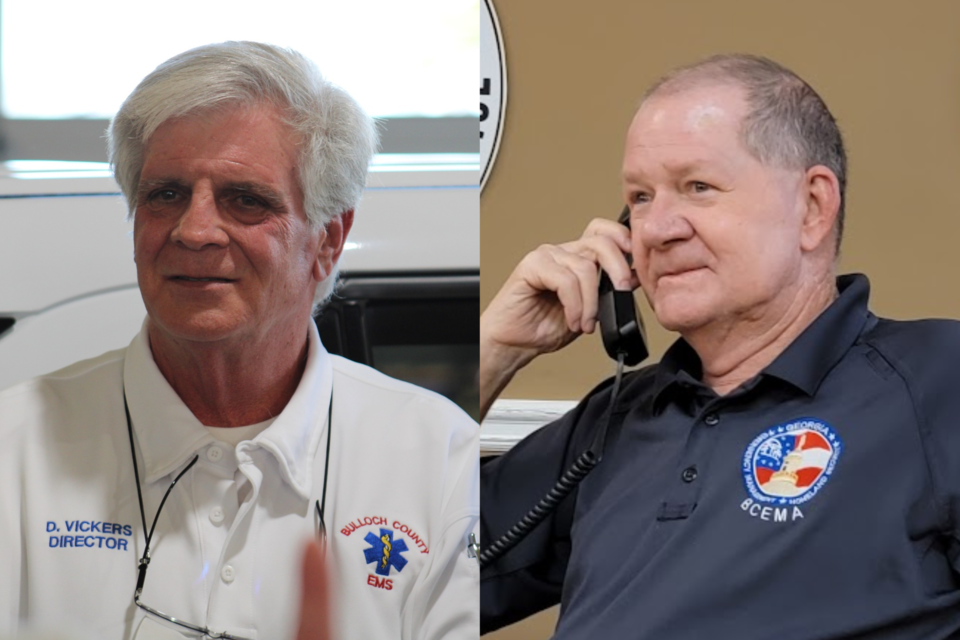Lee Eckles, Bulloch County Deputy Public Safety Director, and Doug Vickers, Bulloch County EMS Director, both have recently retired from Bulloch County Public Safety. This is in addition to the upcoming retirement of Ted Wynn, Bulloch County Public Safety Director. These three leaders were instrumental in reshaping public safety in Bulloch County.
Grice Connect recently published a story on Wynn's retirement and published a profile on Lee Eckles in May. Barry Turner, former Bulloch County EMT and Grice Connect contributor, walks you through the history of building out EMS and more on their impact.
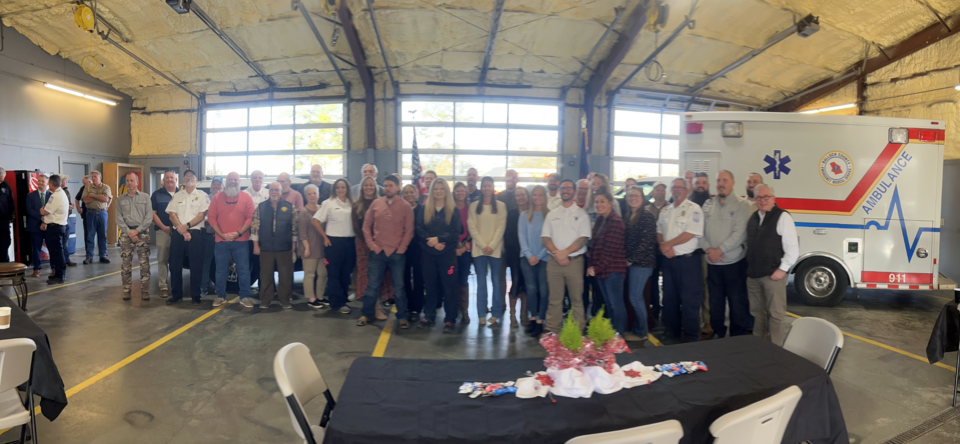
More than 40 years of service
Anyone who has worked in a profession for more than 40 years is bound to have seen many changes and improvements. The advances are almost unimaginable for someone working in a profession that was still somewhat new itself when they started, such as pre-hospital care through Emergency Medical Service in the mid-to late 70s.
Lee Eckles and Doug Vickers began working at Bulloch County Emergency Medical Service when it was still based out of the old Bulloch Memorial Hospital, at a time when typically, only two medics worked per shift, and the county only had two or three ambulances. With their recent retirements, Eckles and Vickers will leave a service which will soon boast four stations around the county (with more anticipated), with six staffed Advanced Life Support ambulances in service 24/7, and a roster of more than 60 paramedics and EMTs (and growing).
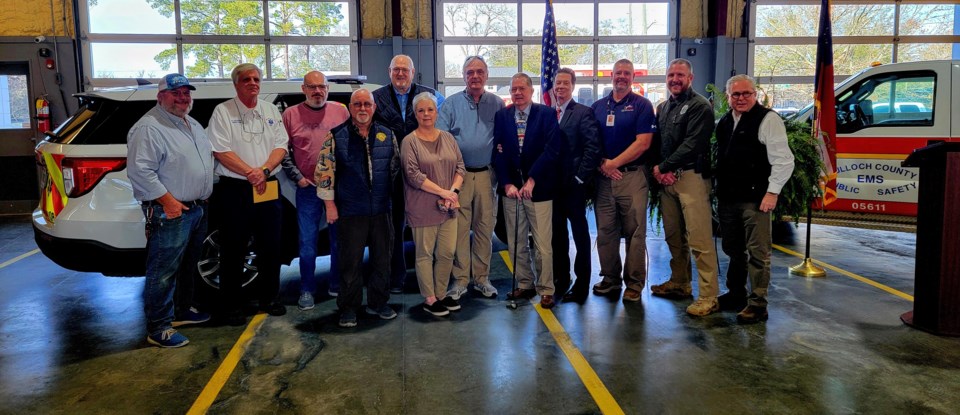
EMS system established
Having begun their tenure at a time when the local EMS was still trying to establish itself as a legitimate public safety agency, Eckles and Vickers have seen many changes. The public was accustomed to government operated fire and law enforcement agencies, even though those were also somewhat small in scope compared to today’s agencies, but locally citizens were only familiar with funeral home operated ambulances, which provided very basic transport, with little to no actual patient care or medical intervention. That, however, was fairly accepted and customary around the nation, so in that respect, Bulloch County wasn’t really behind the times.
While some metropolitan areas had more advanced care through government or hospital sponsored services, most of the country still had volunteer ambulance corps, private ambulance companies, and funeral home-provided services well into the 1970s. When federal regulations instituted minimum standards for ambulance providers, many, if not most, funeral homes served notice that they would cease providing that service, and that’s what happened in Bulloch County.
Building Bulloch County EMS
So, in 1974, Bulloch County Emergency Medical Service was born—owned by Bulloch County, but operated initially by Bulloch Memorial Hospital (now East Georgia Regional Medical Center). Two of the local funeral homes provided back-up service for the local EMS for several more years, until the county added additional vehicles and personnel.
In retrospect, having the fledgling EMS operated out of the hospital was a very beneficial plan. Having the EMTs working in the Emergency Department of the hospital not only gave them plenty of clinical experience in a more controlled setting, but also helped the hospital’s staff and local physicians see the level of care the EMTs were capable of providing. This, no doubt, helped the medical community trust the EMTs when they were in the field.
Even though EMTs helped in the Emergency Department, they were utilized in many capacities in the hospital—some of which, quite bluntly, could have been seen as an insult to their professional capabilities. While assisting with cardiac arrests all over the building was helping improve skills that were needed in the field, filling snack machines, putting out employee time cards, and serving as admission clerks on the midnight shift were simply ways of getting extra work out of the EMTs.
Other tasks included wheeling patients to Radiology or Labor & Delivery, making runs to the local bus station to pick-up blood which was shipped from the blood bank, and serving as security in the building. Some of these tasks were replaced by others over the years the EMS was operated from the hospital, but one, putting out time cards, lasted literally until the last night EMS was located at the hospital.
Move to Siebald Street
Doug Vickers remembers getting a call from a nursing supervisor asking why time cards weren’t swapped out on the night that EMS quietly made its exit from the hospital, to take up quarters in the old fire station downtown (where the County’s Judicial Annex is now located).
“She called and asked why the time cards hadn’t been put out. I told her we weren’t there any more, and that they would need to find someone else for that job, now,” related Vickers.
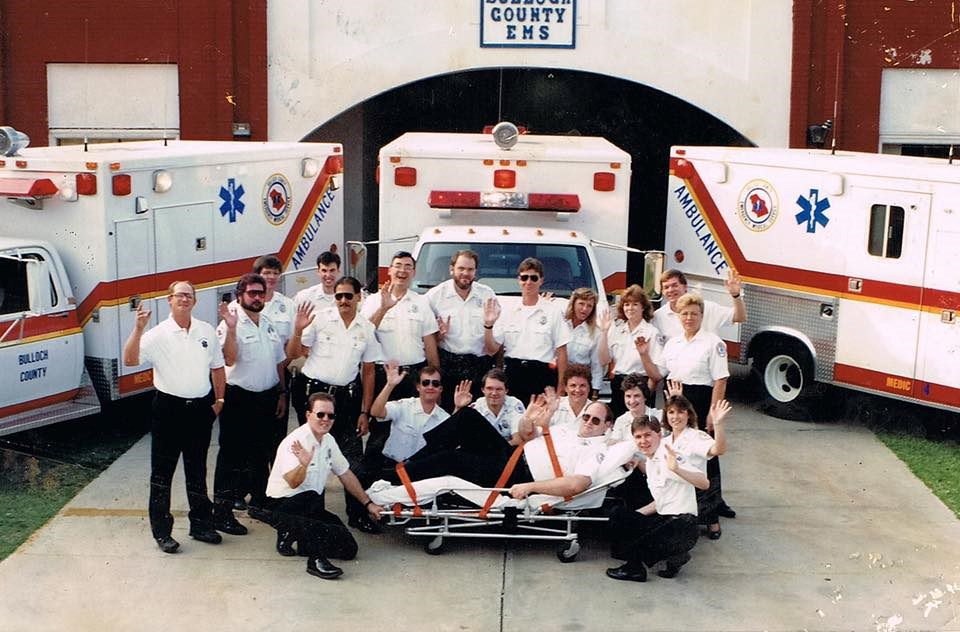
The years in the Siebald Street location were transformative for EMS. Even though the facility was run down (some say condemned), it had much more space than the one office the EMS was allotted at the hospital. Employees of EMS did the vast majority of the renovations to the building themselves, often coming in off the clock to work, or working between ambulance calls to eventually create a rather homey space.
When EMS left the hospital, the service had three emergency ambulances and a non-emergency transport van. The service had also added Advanced EMTs (today’s paramedics) prior to leaving the hospital. The ensuing years saw the expansion of the number of ambulances and personnel, and more EMTs being trained as paramedics.
Bulloch County EMS Association
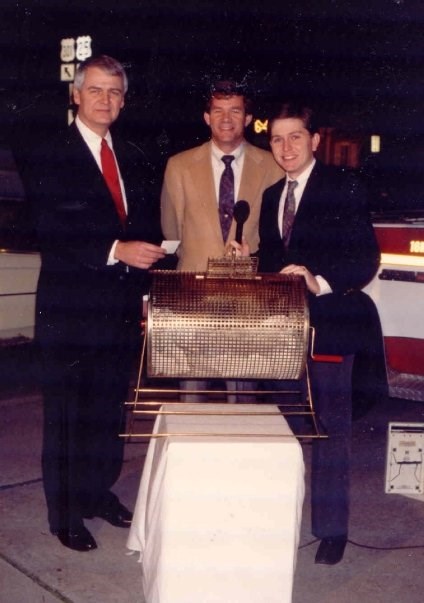
Even though equipment was purchased through the county, The Bulloch County EMS Association was founded to accept contributions and raise funds to help purchase additional equipment. Eckles was instrumental in establishing the EMS Association, and worked diligently to purchase upgraded cardiac monitors with funds raised by the association.
“I think we were all amazed at how much the business community, and regular folks on the street, were willing to help us,” stated Eckles. “We just never thought to ask, before.”
One fundraiser was the sale of raffle tickets for a “fishing car” package. An old car, john-boat, trolling motor, fishing tackle, etc. were to be given away to the holder of the winning ticket. On the evening of the drawing, Eckles and representatives of the local cable company, including DeWayne Grice, who also was a part-time employee of EMS, met at Statesboro’s First Baptist Church to do a live broadcast (the church had the only available broadcast facilities at that time).
When the winning ticket was pulled, the look on Lee Eckles’ face indicated that something unusual was transpiring—the winner was an inmate at the Bulloch County Correctional Institute, who just happened to be a trustee who worked helping keep the EMS station and the courthouse clean.
The winner would not be driving off in his new fishing car that night, which, as it turns out was a good thing, since shortly after Eckles drove the fishing car back to the EMS station parking lot, it caught fire!
Several employees worked to get the boat and other prize items off and out of the car, but before the fire department could arrive the car was pretty much a total loss. Even with all the comedic elements of the drawing and the aftermath, the fundraiser did actually earn some needed funds for the service.
Expanded capabilities as community grew
Eckles and Vickers were very much front and center with expanding the capabilities of the service. Even with some gradual growth following the departure from the hospital, having enough personnel on the clock to handle busy times was not always easy. During the 80s and early 90s, as it had been in the earliest years of EMS, off-duty personnel were often called into service when “all hell broke loose.”
It was a time when anyone on the staff, whether or not officially on the clock, officially on-call or not, might be called on to assist. A very dedicated group made themselves available, often monitoring radio traffic, and often getting out of bed and dressing before they even got a phone call or page to respond.
EMS family comradery
Watching the classic TV show MASH, one sees the comradery that was so present in a war zone when medical personnel depended on each other to not only help take care of patients, but to support each other. While this certainly isn’t meant to trivialize the extremely demanding circumstances of being in the military, working EMS in the early days had what can be imagined as a very similar feel. Often personnel spent more time together than with their own families, who were left at home while a call for assistance was answered.
In a county as large as Bulloch, calls to the outskirts of the county, often in the darkness of night, without any other support around, were common. The employees of EMS grew to depend on each other, and quite often were very defensive and protective of each other. There were literally times when they were in what looked like a war zone—maybe the scene of a horrific car crash with multiple victims, or a shooting with a patient in the midst of a hysterical crowd, or a call with a family member who would not hear that their loved one was beyond help, and demanded that EMS crew members provide immediate care to try to save their loved one’s life, even, in an extreme case, at gunpoint.
The advances in EMS to the very professional, fully staffed and equipped service that it is today are in very great part due to the work of Lee Eckles and Doug Vickers. Both having worked as frontline responders for many years, they have been leaders who knew exactly what their staff was dealing with.
The loss of their level of expertise and experience will leave a void, but luckily, they have ensured a continuity of service by training the next wave of leadership, who will take EMS into an even brighter and more professional future.
Powerful stories left untold
While there are a multitude of situations, anecdotes, and stories which could be told about the earlier years of EMS, many involving Eckles and Vickers, discretion demands that those stories be kept for reminiscing between old friends and former co-workers—HIPPA (patient privacy protection), among other reasons, demands that many of the antics, and times of true heroism, of those early years go unprinted.
But true to the earlier MASH reference, there are bonds that transcend time that were formed in the trenches of those early years of EMS, bonds that cannot be dimmed by the passing of time. Lee and Doug are rare within the business of EMS, with tenure matched by few. They fought the good fight, and stayed until Bulloch County EMS saw the advancements needed to more adequately service the citizens of the county.
A powerful legacy
At Eckles’ and Vickers’ recent joint retirement reception, Eckles stated that he wants to devote time to his family, his health, and to enjoying his golden years. Likewise, Vickers looks forward to a relaxed agenda with maybe the addition of a coffee group, one which is sure to be replete with plenty of old EMS “war stories.”
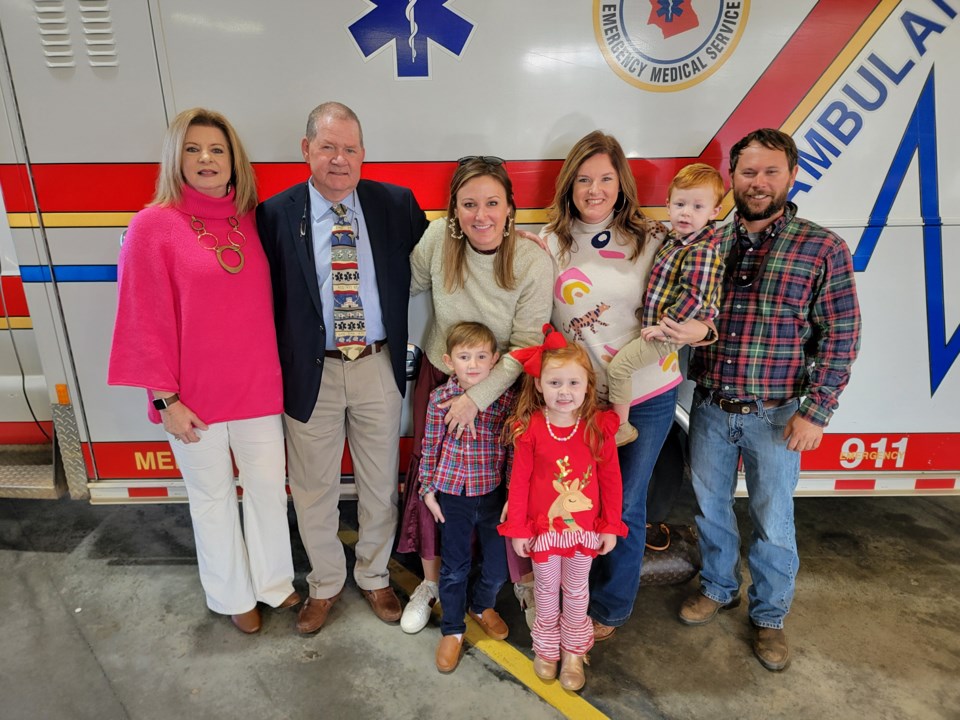
Lee and Doug can go proudly into their retirement, knowing they have a legacy of service which is the foundation for all the future advances in emergency medical service for the citizens and visitors of Bulloch County! Gratitude and best wishes are due them, from every citizen of Bulloch County.

